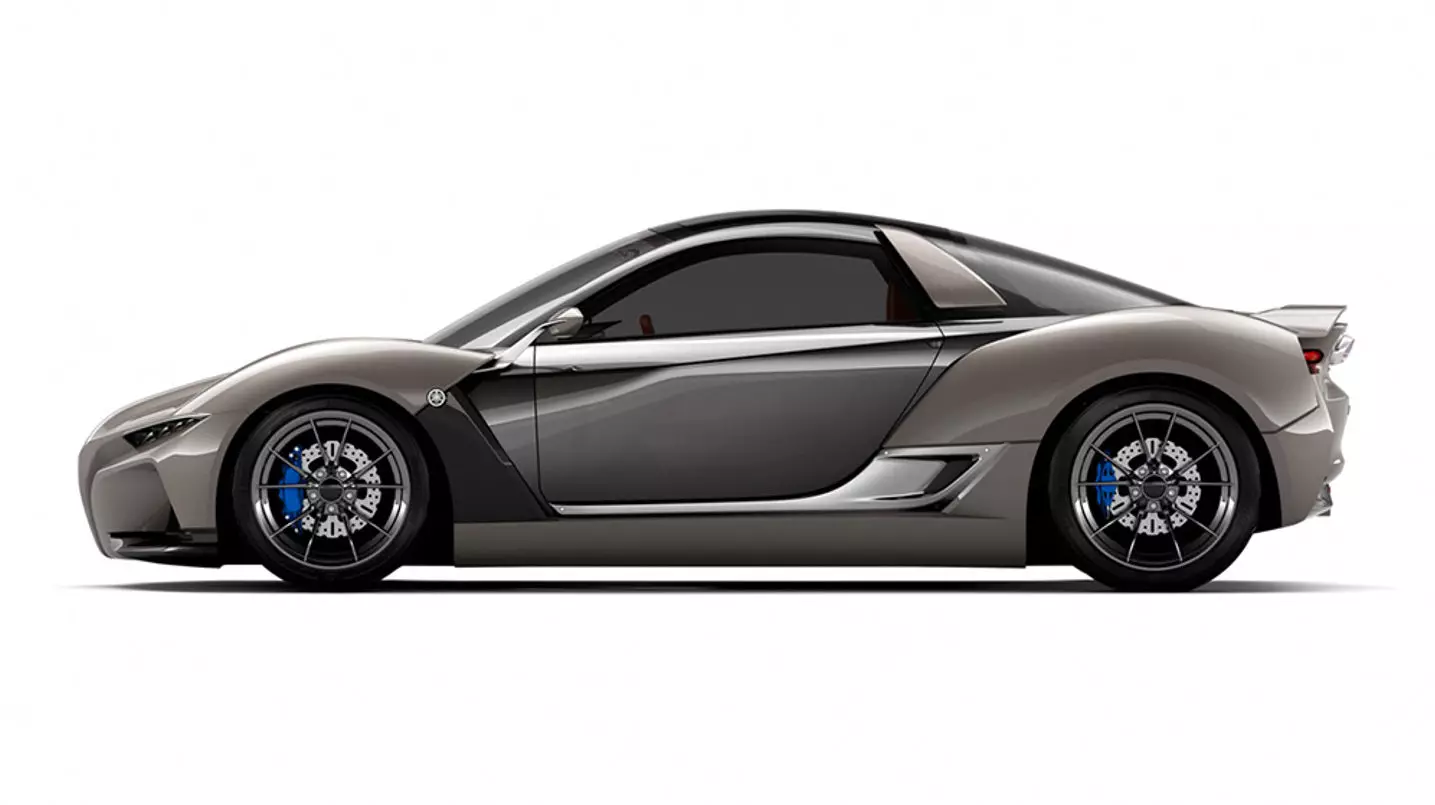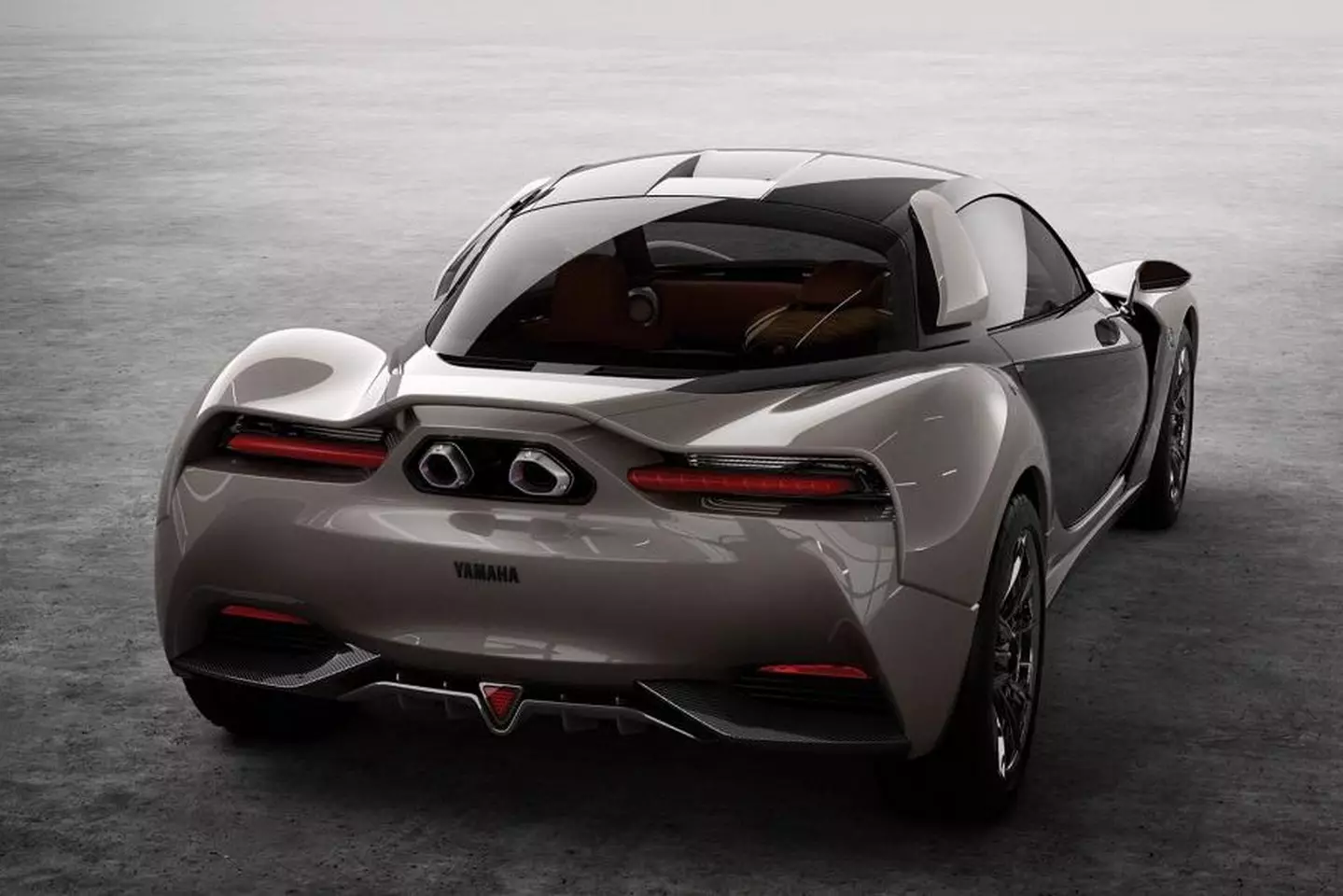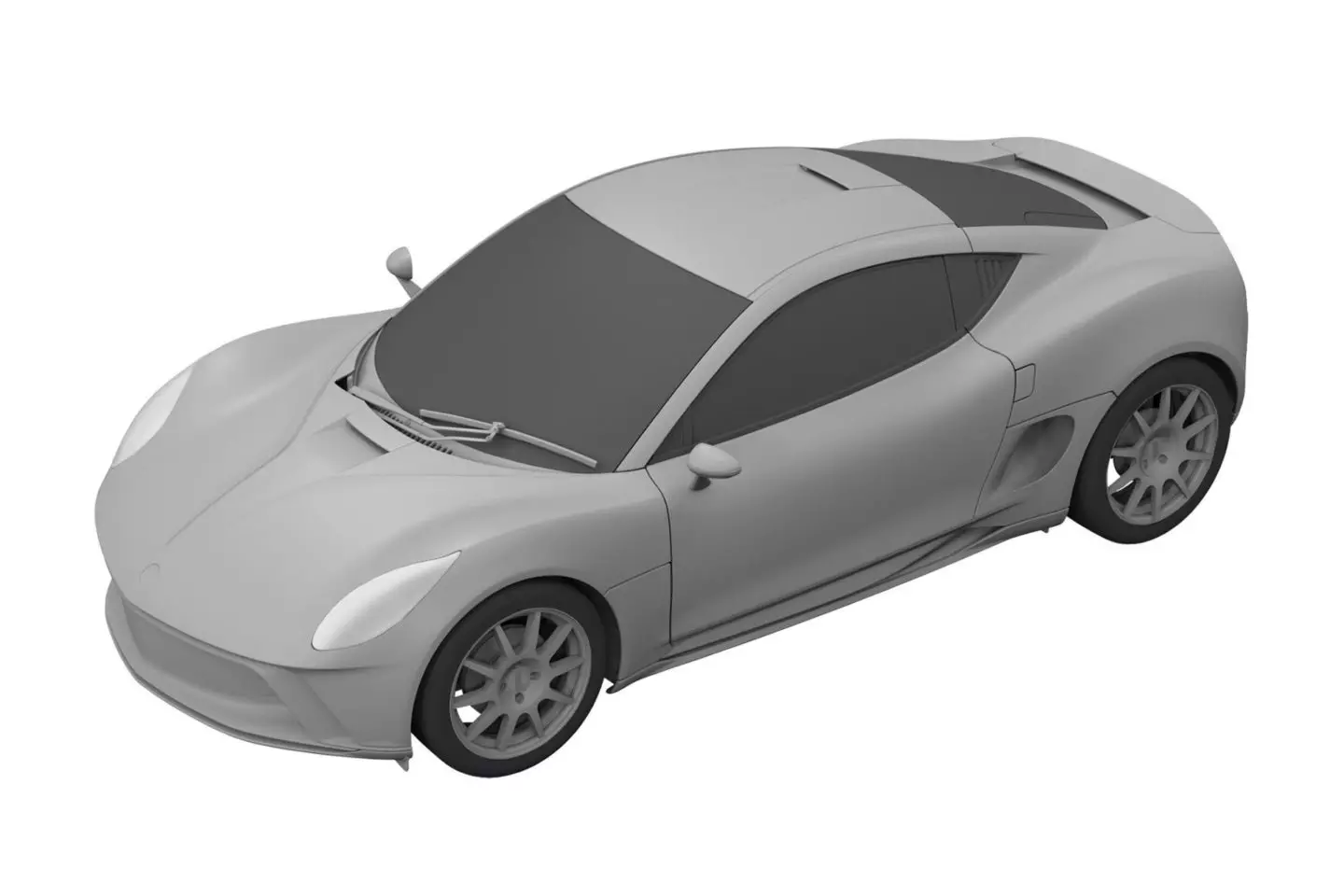It was at the 2015 Tokyo Show that we got to know the prototype Sports Ride Concept from Yamaha. It was a compact sports car — dimensions similar to a Mazda MX-5 —, two-seater, with the engine in the center rear position and, of course, rear-wheel drive. The kind of car that excites any enthusiast…
Furthermore, the Sports Ride Concept was the result of a development partnership between Yamaha and a gentleman named Gordon Murray — yes, this one, the father of the McLaren F1 and its true successor, the T.50 — which raised the bar. expectations about the qualities of this new proposal.
At the time, little or nothing was known about its specifications, but one of the few known numbers stood out: 750 kg . 200 kg less than the lightest MX-5 and up to 116 kg lighter than the existing Lotus Elise 1.6 at the time.

A low mass value is only possible due to Gordon Murray Design's iStream type of construction, which in the case of the Sports Ride Concept added a new material to the mix of material and structural solutions — carbon fiber.
Yamaha, make a car?
The Yamaha Sports Ride Concept was the second prototype presented by the Japanese manufacturer in collaboration with Gordon Murray Design. The first, the motive (and Motiv.e, its electric version), a small town with a volume similar to that of a Smart Fortwo, had been unveiled two years earlier at the same Japanese salon.
Yamaha seemed to be committed to expanding its activity beyond two wheels, entering the world of automobiles with its own brand, and the industrial solutions proposed by Murray allowed for a lower initial investment than more traditional ones.
Subscribe to our newsletter
However, despite the promises of the small Motiv to reach the market in 2016 and the Sports Ride Concept to arrive a few years later, the truth is that none made it to the production line… and they won't, according to Naoto Horie, spokesperson for the Yamaha, speaking to Autocar at the last Tokyo Motor Show:
“Cars are no longer in our long-term plans. It was a decision made by (Yamaha) president Hidaka for the foreseeable future, because we didn't find an alternative on how to develop any of the models in order to stand out from the competition, which is very strong.
The sports car in particular had great appeal for us as enthusiasts, but the market is particularly tough. We are now looking for new opportunities.”

What would the Sports Ride Concept look like in the production version?
Although it is already more than confirmed that we will not have Yamaha cars, images of the patent registration of what would be the production version of the Sports Ride Concept, taken from the EUIPO (Institute of Intellectual Property of the European Union) were recently made public.
It is the possible glimpse of what the final version of the sport would be if it were released.

Compared to the prototype, the production model shows identical overall proportions (look at the profile), but the overall body design is quite different. Necessary changes to facilitate the homologation and production process, but also to give it a distinct character in relation to the prototype, which was more aggressive in attitude.
Another visible detail is the absence of exhaust outlets — would Yamaha be planning a 100% electric variant of its sports car? It's just that not so long ago, we saw Yamaha introduce a new high-performance electric motor for the automotive industry — powers up to 272 hp. Developer was the car chosen to serve as the “test mule” — an Alfa Romeo 4C, another mid-engine sports car.
It's a pity that this partnership between Yamaha and Gordon Murray Design has not come to fruition — maybe someone will repost this project?
Razão Automóvel's team will continue online, 24 hours a day, during the COVID-19 outbreak. Follow the recommendations of the General Directorate of Health, avoid unnecessary travel. Together we will be able to overcome this difficult phase.
